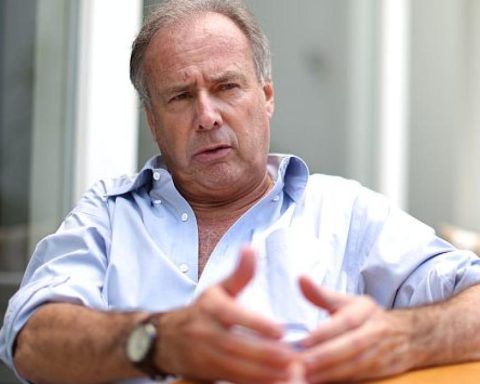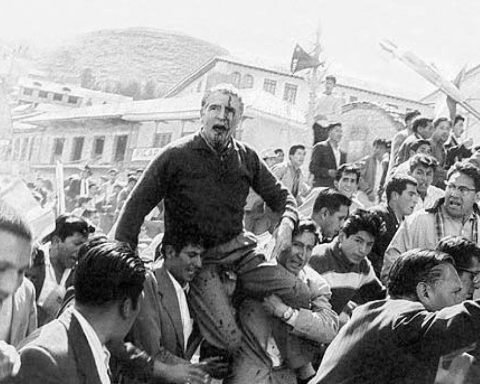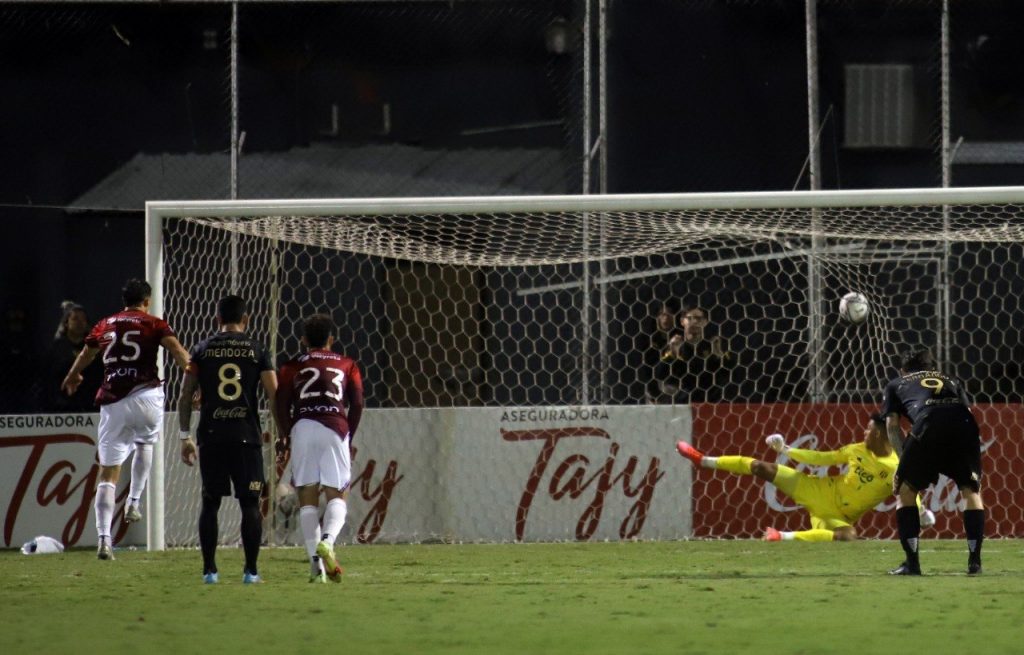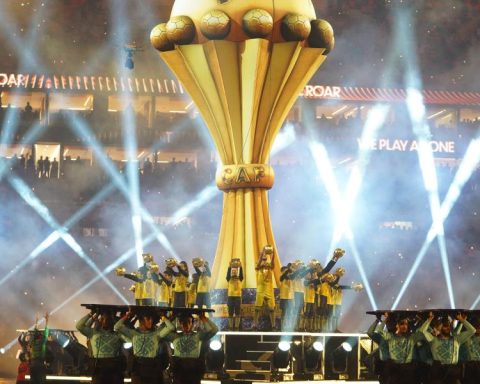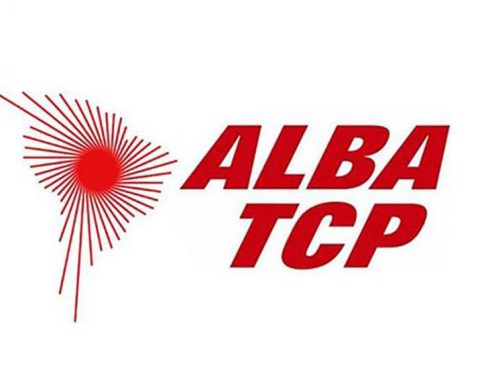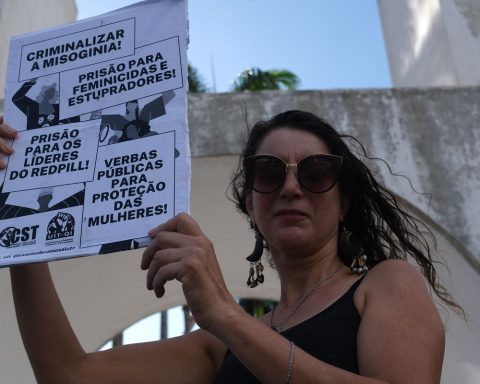The Holy Week resurrected this year. Celebrations returned in the regions, flower carpets sprouted in the main squares, the doors of the churches were reopened, the staging of the crucifixion of Jesus Christ returned in the streets, the processions resumed and the expectation resurfaced among thousands of faithful, and even not so believers, to leave work on Holy Wednesday, go to the nearest airport or bus terminal and leave for a destination where religious fervor converges. How is the first Holy Week unfolding after two years of the pandemic and what are the expectations regarding religious tourism in the main cities that attract it?
The number of people who would have traveled for this long holiday would be 1.5 million, be it for religious reasons, recreation, visits to relatives or a combination of the three factors. This estimate corresponds to the National Chamber of Tourism (Canatur), which specified to Peru21 that, in terms of religious tourism, it is expected that 250,000 people will mobilize these days.
Although all regions live Holy Week in a particular way and attract visitors, the president of Canatur, Carlos Canales, explains that the most emblematic destinations are Ayacucho, Tarma, Arequipa, Cajamarca, Cusco and Ica.
LOOK: Retirement AFP: the way to access the new retirement of the pension fund in 2022
“Throughout the mountains there are these types of festivities and there is always demand because many people devote themselves to religion and seek to share on these dates, taking advantage of moments of reflection, religiosity and spirituality,” he says. However, even the religious fervor and the interest in traveling again on these dates after two years are sensitive to the uncertainty and strikes that the country has experienced in recent weeks, and this was reflected in the visits that the regions expected to receive. .
The destinations
An example is Ayacucho, which Canales describes as the main destination for Holy Week. “Ayacucho used to have up to 60,000 (visitors) in the pre-pandemic, but this year we anticipate that they will be around 40,000. There were going to be 45,000, but due to social problems there would be 40,000 tourists,” says the Canatur representative.
In this context, Canales highlights that the high expectations in that region generated the adoption of the necessary protocols to allow the festivities and promote the reactivation of tourism for these dates, something that has not happened in all destinations.
Some examples are Arequipa or Ica, where certain limitations were established for these days, especially with regard to processions or visits to churches.
In the case of the White City, the Archbishopric of Arequipa had already anticipated days before that the usual processions of each day of Holy Week would not take place as a measure to avoid crowds due to the pandemic. However, it was possible to observe the route of the Cristo de la Caridad.
The president of the Regional Chamber of Arequipa, Walter Bustamante, comments that although a large number of activities have been carried out, visits to churches have been controlled.
“The Cathedral has been open, but at approximately seven at night it was closed. The masses have been held at established times, but before (the pandemic) there was a massive influx to the churches because people entered them, lit a candle, said a prayer and went on to visit the next church, ”says Bustamante.
:quality(75)/cloudfront-us-east-1.images.arcpublishing.com/elcomercio/BN5AWKHQMJHYDBXLWY6WQH4KW4.jpg)
In the case of Ica, the restriction also targeted processions, since for the third year in a row the departure of the Lord of Luren, the main activity of Good Friday in Ica, was not allowed. Although the measure was also adopted to avoid crowds, what was allowed was that, after the descent of Christ crucified on Friday, the doors of the church were opened so that the image of Cristo Moreno could be venerated.
“The Archbishopric arranged for the Lord of Luren to be lowered from the altar and placed in the main chapel of the church so that people could queue up, pass by and venerate him,” explains Luis Vila Gonzales, executive director of the Chamber of Commerce, Industry and Ica tourism.
On the other hand, there is Cusco, where there were partial restrictions, since the procession of the Lord of the Tremors, who is the patron saint of this destination, had four schedules due to its high level of reception. In total, it is estimated that it would have gathered about 50,000 people in each of its outings.
“Before the pandemic, it was done in two hours: four and seven at night. But on this occasion, up to four blessings were scheduled and a route was defined so that there was only one access and another exit area (to avoid the massive entry of more people from other streets). In the case of the Holy Sepulcher, there were no restrictions, since there would be less influx of people,” says Berner Caballero, president of the Cusco Regional Chamber of Tourism.
:quality(75)/cloudfront-us-east-1.images.arcpublishing.com/elcomercio/PZYCFLUZEJEZFKAYR5ZSA3HJGY.jpg)
No restrictions
In Cajamarca, where the influx of tourists would have been 10 thousand people or more, it is estimated that 30% of the visitors would have come for religious reasons. This is what the representative of the Regional Chamber of Tourism of Cajamarca, Eusebio Díaz López, comments.
In this case there were no restrictions and, therefore, the expectation has been in the arrival of tourism and the income that thousands of businesses could obtain.
Finally, there is Tarma, one of the destinations that also attracts thousands of faithful and that by this time would have received more than 10,000 tourists, of which about a third or more came for religious tourism, according to the president of the Chamber of Commerce and Production of this province, Julián Huaripata Paucar.
“For religious reasons there must be between 3,000 and 4,000 people who have arrived and are devout, and they come exclusively for the tradition of the Holy Week processions,” Huaripata remarks.
As in other cities mentioned, the flower carpets are among the attractions for believers and non-believers. However, a characteristic event of the province of Tarma, in addition to the traditional program for Holy Week, is the Fiesta de la Media Naranja, typical of these dates and celebrated from Saturday to Sunday in the Plaza de Armas of the Acobamba district and in the surrounding streets. To this, travelers can also add to their activities a visit to the Sanctuary of the Lord of Muruhuay, whose day is celebrated in May.
In this way, whether in cities with partial restrictions such as Arequipa, Cusco or Ica, or in those that decided to release the fervor in the streets, as was usual before COVID-19, such as Cajamarca, Ica or Tarma, and also despite the boycott of the government itself, Holy Week has returned.
DATA:
Arequipa
Attractions: Cristo de la Caridad tour, foot washing on Holy Thursday, mass to commemorate the Eucharist, Easter Triduum and tour of stations. Liturgy of the Passion of the Lord on Good Friday, Easter Vigil on Saturday, the burning of Judas, Arequipa tradition on Easter Sunday.
Estimated Visitors: 10,000
Average daily expense per person: S/600 to S/2,000
Cajamarca
Attractions: Festival of the Crosses of Porcón, visits to churches such as the Cathedral, the Church of San Francisco, the Church of Santa Clara, the Church of Belén, among others.
Estimated Visitors: 10,000
Average daily expense per person: S/300
Ayacucho
Attractions: visit to the 33 churches, Santa Teresa catacombs, Holy Wednesday mass of Jesus of Nazarene in the Santa Clara de Asís Church, and subsequent procession, Sermon of the Seven Words of Christ on the cross in Spanish and Quechua, Via Crucis of Good Friday, Holy Sepulcher and prayer of the Angelus in the Cathedral of Huamanga, elevation of the image of the Lord of Easter of Resurrection.
Estimated Visitors: 50,000
Average daily expense per person: S/300 to S/500
Cuzco
Attractions: procession of the Lord of the Earthquakes, patron saint of the city, procession of the Holy Sepulchre, visit to the 12 stations, masses in Quechua.
Estimated Visitors: 25,000
Average daily expenditure per person: S/200 (national) and S/750 (receptive tourism)
Ica
Approximately 50 thousand people were expected.
Attractions: Procession of the Lord of Luren (no route, only visits), procession of the Lord of Agony in Pisco.
Cost per person: S/300 per day
Tarma
Attractions: blessing of the palms of olive trees for Palm Sunday, the Chrism Mass, procession of the Sacred Sepulcher and the Virgin of Sorrows. Visit to the Sanctuary of the Lord of Muruhuay*.
Estimated Visitors: 10,000
Average daily expense per person: S/300
*Religious activity not typical of Holy Week, but of interest to the faithful.
Sources: Perucamaras, Canatur, Archbishopric of Arequipa. Chambers of Commerce and Tourism of Arequipa, Ayacucho, Cajamarca, Cusco, Ica and Tarma.
THIS VIDEO MAY INTEREST YOU
:quality(75)/cdn.jwplayer.com/v2/media/JLq41NJU/poster.jpg)

